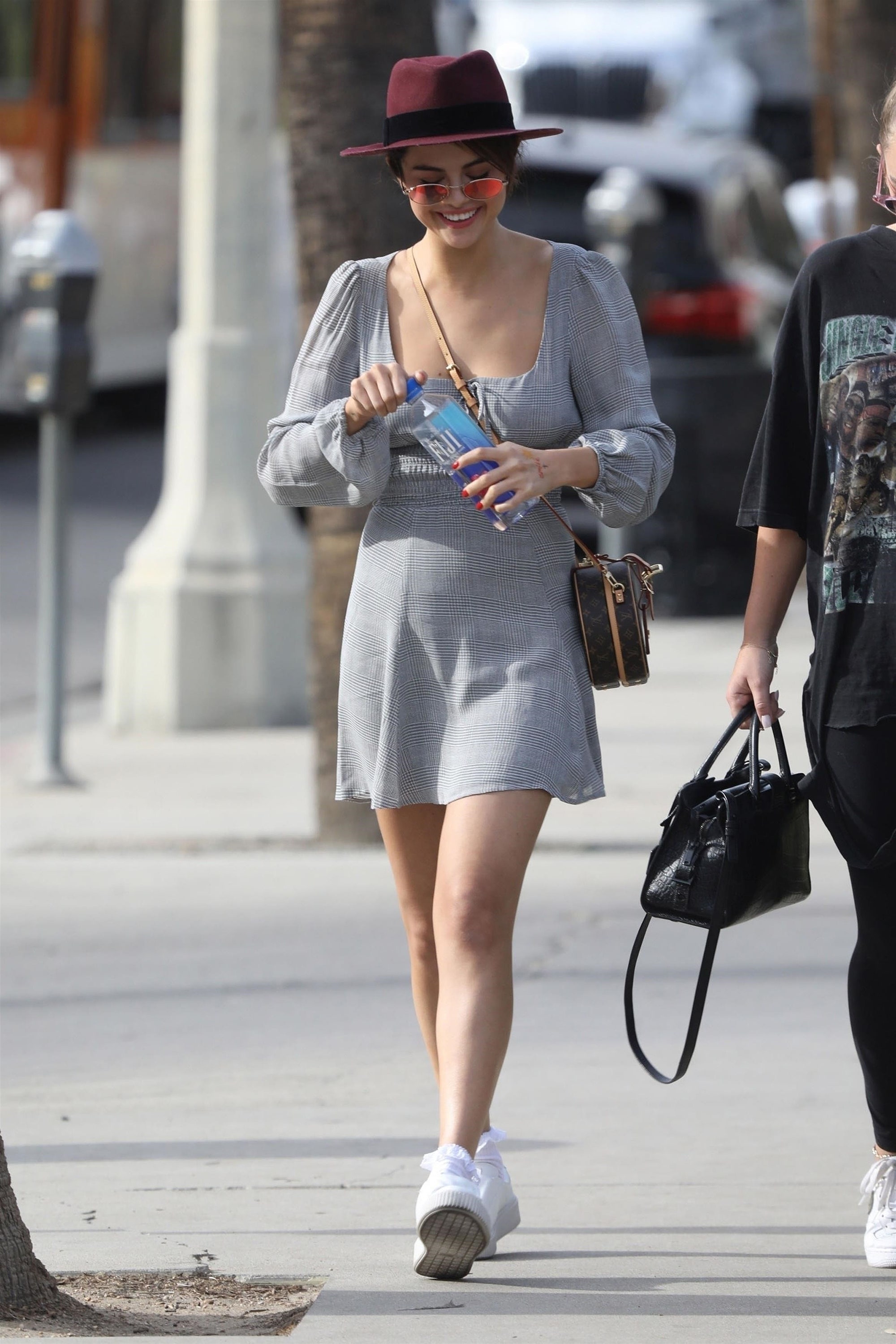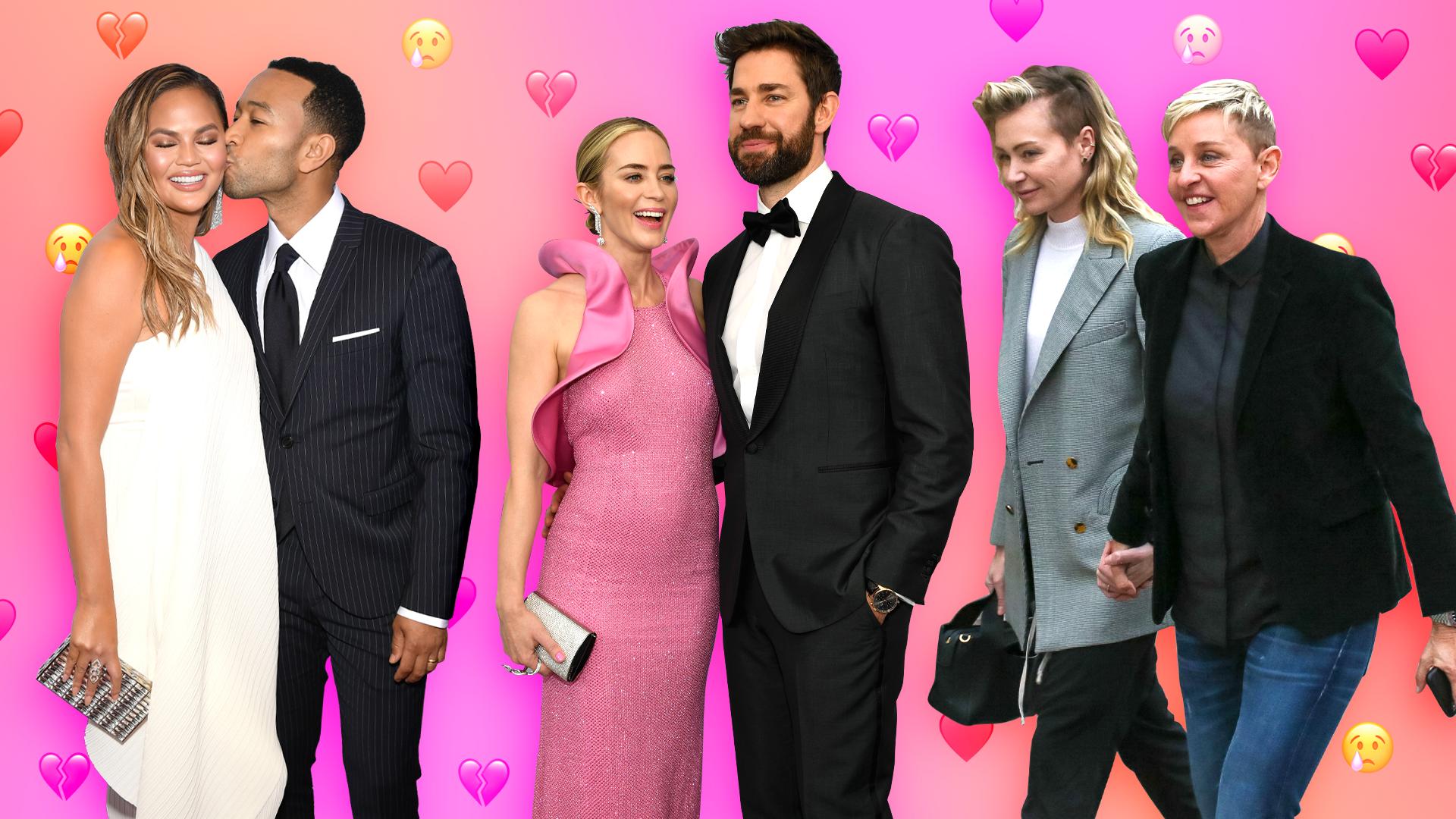
Gwyneth's Tribeca apartment's living room is a masterpiece. The ceiling suspends the seating and is covered with decorative pillows. It creates a living area that is rich in drama and character.
Living room
If you want a design that exudes style and class, check out Gwyneth Paltrow's Tribeca apartment. The luminous living space is filled with marble, chrome, and white accessories. Robin Standefer, Roman and Williams Buildings & Interiors' interior designer, created an elegant yet inviting space.
Paltrow chose to use a pale color scheme with hints of pink. The kitchen is white, with only a pink KitchenAid mixer. The kitchen is big enough for entertaining. The living room is also surprisingly cozy. The couch swing is an interesting touch. It is also large enough to seat a large celebrity family.
Dining room
Gwyneth paltrow's Tribeca apartment's dining room isn’t your ordinary dining room. It's a multi-functional space that is perfect for hosting dinner parties. Paltrow holds collaborative meetings here with her Goop team.

It's an all-white haven and features a huge sculptural fireplace. Paltrow can take a nap in the apartment's "fuzzy zone". The actress has a large closet and en suite bathrooms throughout.
Kitchen
Gwyneth paltrow's Tribeca apartment in Manhattan is among the most impressive. Goop recently featured the home which has four bedrooms, 2.5 bathrooms, a basement and an outdoor garden. The space is enveloped in a stylish, white kitchen. Paltrow's kitchen, despite its small size is very spacious.
Paltrow’s white-on–white kitchen has book-matched marble, white artisans cabinetry and professional-grade appliances. The apartment has enough space to host a dinner party. The living room also features a swing and a couch. Check out the Paltrow cookbook It's All Good if you want to live the Paltrow lifestyle.
Terrace
Gwyneth paltrow's Tribeca apartment has gone up for sale. The actress has reduced the price of the three-bedroom, three-and-a-half-bathroom penthouse by $6 million. The home features eleven-foot ceilings and painted white floors. It also has a 500-square foot terrace and a sofa-swing.
Roman and Williams designed the two-story home. It measures 3,892 square feet and channels Paltrow’s dreamy palette. The apartment is accented by eleven-foot ceilings, arched windows, and French doors. The home also features a custom-made, Indian-inspired sofa swing.

Ethereal palette
Gwyneth Paltrow's TriBeCa apartment is a beautiful example of a minimalist, ethereal design. It's a space adorned with white furniture and accessories, marble countertops, and chrome hardware. Roman and Williams designed the apartment. It combines modernism with centuries-old methods. This makes the apartment bright and airy.
The apartment features a palette inspired by the ethereal mood of the actress. The warm marble is accented by pale silk pillows and antique Indian doors swings. The foyer of the apartment is reminiscent a traditional English home. Paltrow and Chris Martin purchased the apartment in 2007 at a cost of $5.1 million. In 2005, they sold the property and moved into a new home in the area.
FAQ
What is popular culture in music?
Popular Music Culture is an ever-changing phenomenon that takes many forms.
The popular music culture is defined by the use of certain musical styles (e.g., jazz, rock) as well as lyrics. It also encompasses the influence of visual media, such as film, television, fashion, advertising, etc., on artists' careers and public perception.
It's also the way that fans interact with their favorite musicians.
A key element of popular music culture are the "superstars", which are musicians who have achieved fame or fortune.
These legends transcend genres and are cultural icons. Their success has influenced popular music's evolution.
Some other elements of popular music culture are:
* The rise and development of recording technology, from acoustic instruments through to electric guitars or microphones.
* The invention of record players and radios;
* The birth of rock 'n roll.
* Introduction of film and TV;
* The advent MTV and VH1
* The creation of the internet.
What are some examples pop culture trends for 2020?
The music industry is evolving rapidly. We saw artists like Travis Scott and Post Malone reach number 1 on Billboard’s Hot 100 chart. This was an unprecedented achievement for any artist.
The same holds true for streaming services. Spotify reported that Spotify streamed more 10 billion hours audio content last year. This is five times more than what Spotify users listened to just five years back!
This has caused a significant shift in media consumption. Now, more people consume content than create it.
All age groups, including toddlers and retirees, have access to audio content. This means anyone can record, edit or mix their music and then release it.
To play your favorite song, it doesn't matter if you go to university to study classical instrumentsation. It's easy to download an app and add your voice. Then upload the videos to YouTube.
Even if you don’t want to create music yourself, why stop watching someone else do it? There are many channels where you can watch videos of songs.
How did pop culture develop?
Technology was the driver behind the growth of popular culture. As people became more mobile, it developed. The invention of the radio enabled mass communication. This was the beginning of television, which eventually led to the birth of the internet.
Computers became popular at home when people were introduced to computer games. These games were first played on consoles such as the Nintendo Wii or Sony Playstation 3. These games can be downloaded online for free. Many people are choosing to play video games over watching TV.
Video games are very popular with children and teenagers. They can be played alone or with friends via the internet. Call Of Duty, Grand Theft Auto and other violent games can be dangerous. Some parents are worried about their children playing these video games. Others find it thrilling to watch what happens when one of their characters dies.
Music videos are another way in which pop culture influences youth. They are a great way to learn about celebrity news and the latest trends. Young people enjoy watching them. There's no doubt about it: music plays a big part in our lives!
Many artists use special effects in music videos to enhance their songs. Rappers often use makeup and hair wigs to enhance their looks. Other musicians put themselves through extreme physical challenges to show off their bodies. Many singers perform while wearing costumes.
Music is available in a wide variety of formats today. You can listen to whatever you like. This isn't always a good thing. Sometimes music can encourage violence. People are often angry when they hear certain songs or words. Sometimes, they even commit crimes.
This happened recently with rapper 50 Cent. One line in his song Get Rich Or Die Trying says: "I'm going after a motherfucker / But I don't know how, but I might." This song was thought to mean that he would murder someone. A man threatened to kill him, and called him. 50 Cent changed his lyrics. It now reads: "I'll shoot an inchch down/ I'm not sure why, but I may."
Popular culture is essential. It's important that we understand how it affects and impacts us. If we don't, we won't be able to protect ourselves against its adverse effects.
How can we prevent the dangers of pop-culture?
First, we should recognize when pop culture is influencing us. Then we need to make sure that we're not influenced by it. Here are ways to help you stay away from bad influences:
-
Avoid violent shows such as Game of Thrones.
-
Do not spend too much time on the Internet. Instead, read books.
-
Watch less television. Spend your time doing activities that are healthy.
-
Be careful about what you say online. Remember that you can never delete comments once they've been posted.
-
Check that websites you visit remain safe. Before entering personal information, ensure that they are checked.
-
Do not allow anyone to force you into doing anything dangerous.
Talk to an adult if you feel like you are becoming dependent on pop culture. You can contact your local library, or the National Center For Missing & Exposed Children (1-800-583-LOL).
What are some examples of pop culture in today's world?
Pop Culture is the art form of the 21st century. Pop Culture includes all forms of popular entertainment such as music, film, TV and video games, fashion, advertising and comics. This term was created by Neil Postman, author of Amusing Ourselves and Death (1985). Pop was a method of mass communication using cheap tricks and formulaic techniques to create an illusion that spontaneity and uniqueness.
He said that people don't experience true joy because they are conditioned to look for media experiences that make them feel better than others. He claimed that young adults have lost their ability to think critically due to this type of cultural expression.
Pop culture is sometimes also called popular culture, consumerism, or pop culture.
Who invented the word Pop Music?
Invented by Frank Zappa. He coined the term "pop music" to describe his musical style.
He said that his goal was to make music that is accessible to everyone. That's why he called his music pop music.
Zappa also created the phrase "You know it's POP when..." which means that something is really popular if many people enjoy it. Michael Jackson's Thriller is one example of the greatest-selling albums.
Zappa's definitions for pop music are quite different from the current. Pop music is today all music. However, in the past, only certain genres of music were considered to be pop.
What is pop-media culture?
Pop culture is all around. It's everywhere we go: TV, radio, film, music, magazines, newspapers, websites, social networks, etc. We are surrounded by it 24/7. It influences everything from our clothes, food, music, language, politics, and religion. What is pop culture exactly? Wikipedia states, "Popular Culture (or Popular Culture) is the mass production of ideas and products for mass consumption." Many people think that this term applies to television shows, movies, music, fashion, and other forms of entertainment. Pop culture is not just entertainment. The term describes anything consumed by the masses, such as video games, sports, toys, clothing, fast food, political campaigns, and many others.
Statistics
- In 1987, US films captured 56% of the European film market. (socialsci.libretexts.org)
- According to Kathryn Sorrells (2013, pp. 142-144), there are several ways that we can become informed consumers of popular culture. (socialsci.libretexts.org)
- According to CNBC.com, “more than 70% of the film's revenue came from countries outside the US” (https://www.cnbc.com/2019/01/08/aqua...nal-sales.html, ret. 8/18/19). (socialsci.libretexts.org)
- Less than a decade later, that statistic rose to 90% (Dager, n.d.). (socialsci.libretexts.org)
- For example, the term hater meaning someone who strongly undermines or criticizes others, often due to pathetic jealousy, likely emerged from hip hop culture, such as the term playa hateras, used by influential rapper Biggie Smalls as early as 1995. (simplicable.com)
External Links
How To
What is pop culture in films?
Popular Movies Culture includes all aspects entertainment such as books, magazines, newspapers and television programs. It also includes websites, blogs, social media, apps, gaming, and other media.
Movies can be divided into three types: comedy/dramatic, horror (action/aventure), fantasy, science fiction and romance.
Movie plots usually follow a predictable sequence of events that leads to a satisfying ending.
The success of a movie will depend on its ability to follow this formula.
Here are some common plot points:
-
A protagonist who must overcome obstacles to achieve his/her goal;
-
The antagonist opposes the protagonist throughout film.
-
A moral dilemma that requires the protagonist's to make a decision.
-
The twist that ends all.
You might need to reevaluate what your story is about before you begin to write.
Pay attention to these questions:
-
How do I establish my setting?
-
What does my protagonist want?
-
Why should readers care about my story?
-
Where is my story heading?
-
Who is my main character?
-
Will there be conflict?
-
What is its climax?
-
What is my resolution
-
Is the ending happy?
-
Do I need to introduce new characters
-
Do I have multiple settings in my story?
-
Is there a subplot?
-
Are there any major themes?
-
Can I tell a complete book in one chapter?
-
Do I use dialogue effectively?
-
Does my language sound clear and simple?
-
Is my vocabulary appropriate for this context?
-
Have I used active voice instead of passive voice?
-
Are there spelling or grammar errors?
-
Is my grammar correct?
-
Are there too Many Adverbs?
-
Do you have any suggestions?
-
After I finish editing, what's my first impression?
Your job is not only to write a good book but to get it published.